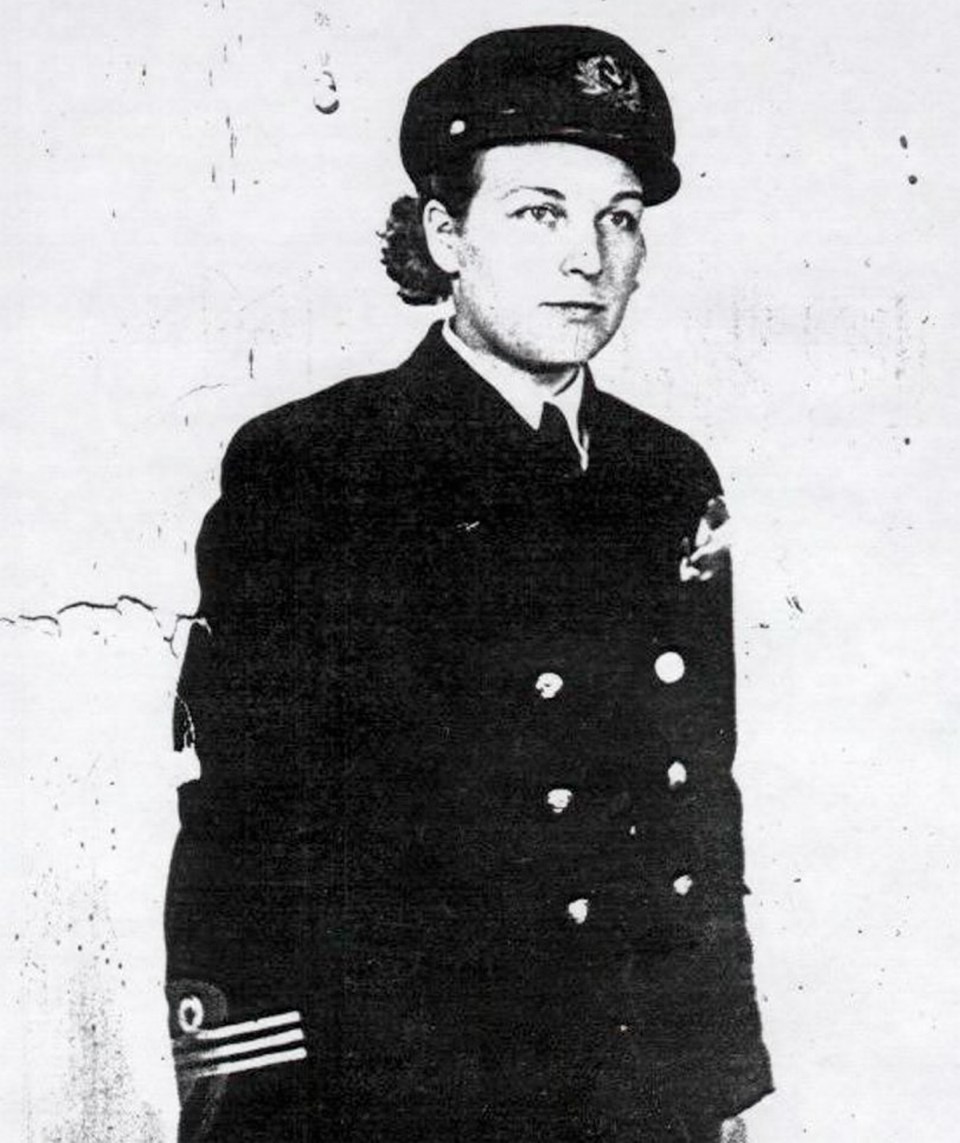 I screwed up Saturday. Got on my high horse and took a swipe at the Canadian Coast Guard over the description of the New Brunswick woman for whom its new icebreaker, the CCGS Molly Kool, was named. It called her the first licensed female ship captain in Canada.
I screwed up Saturday. Got on my high horse and took a swipe at the Canadian Coast Guard over the description of the New Brunswick woman for whom its new icebreaker, the CCGS Molly Kool, was named. It called her the first licensed female ship captain in Canada.
Pshaww, I said. The first female master mariner in Canada was Dorothy Blackmore of Port Alberni, who got her certification in 1937, two years before Kool.
And that got me slapped around the head by a couple of letter-writers who pointed out, rightly, that the term master mariner is reserved for those with the highest certification, while Blackmore’s papers were for a lesser qualification, that of a tugboat captain in minor waters. Kool, who earned her certificate in 1939, was a master mariner. Blackmore was not. I was sloppy, used the term too loosely.
Ah, but the government of Canada still sailed into dangerous waters, as did news outlets across the country, when in December they referred to Kool as the first female licensed ship captain. Capt. Jim Ewart of the Vancouver Island division of the Master Mariners of Canada says anyone granted master’s papers qualifies as a ship captain. So Blackmore, even with a lesser designation, still deserves to be called the first licensed ship captain. And her daughter, Sidney’s Patricia Currie, has valid reason to keep pushing for her mother’s place in history to be recognized.
But really, rather than getting into an unseemly title fight, how about using this as a teachable moment, Ewart says. How about celebrating the accomplishments of both women, and using them as a timely reminder of how space needs to be made in the profession for all.
Note, he says, that the Master Mariners of Canada have just scheduled a fall symposium titled The Evolution of Equality and Inclusion in the Maritime Profession. To be held in Ottawa this October, it challenges participants to ask questions like: “What is unconscious bias?” and: “How does it affect our everyday interactions in the workplace?”
The group is also looking for panel participants who can discuss the barriers they faced when introduced to the maritime field and how they overcame them.
Heaven knows both Kool and Blackmore had to overcome obstacles, which, yes, makes the “who’s on first” debate seem somewhat petty. To quote the coast guard: “Captain Blackmore and Captain Kool have both provided an extraordinary example for women in the maritime world. Their contributions to Canada, in both leadership and courage, are invaluable.”

That’s how Currie sees her mother’s story. Blackmore had worked for her father’s maritime business for six years before earning her master’s papers as a tugboat captain in 1937. It was a big deal at the time, earning lots of ink from newspapers across North America (even if many of the papers did spend as much time dwelling on her looks as on the breakthrough of Canada getting its first female skipper).
But Blackmore would not have been the first had a Mrs. J. Hay been awarded her certificate. When she sought her papers in the 1920s, the government turned her down on the basis of her sex. After the Persons Case of 1929 established that women should have equal rights, the wheels of change began turning and it appeared that Hay was going to finally become successful. Unfortunately, she drowned before that could happen.
Meanwhile, Currie accepts that it is right to refer to Kool as the first female master mariner, and to celebrate her for that. She’s still proud of her mother’s place, though.
“She’s still the first master, and that’s a very significant achievement,” Currie said Saturday. And she’s glad that the coast guard has reached out to say it “recognizes the tremendous accomplishments of Captain Blackmore and will be looking for opportunities to share her inspiring story.”



